What Are the Signs of Heatstroke in Dogs and How Can I Prevent It?

According to The Kennel Club, 1 in 7 dogs treated for heatstroke (hyperthermia) dies. This shows that heatstroke in dogs is fatal and must be mitigated as soon as possible. However, you’ll want to know the signs of heatstroke in dogs to take the necessary actions before it’s too late. That said, you might be wondering, “What are the signs of heatstroke in dogs and how can I prevent it?”
The signs of heatstroke in dogs include excessive drooling and panting, lethargy, difficulty breathing, bright red tongue and gums, and dry mucous membranes. You can prevent heatstroke in dogs by ensuring sufficient hydration and avoiding enclosed and poorly ventilated areas.
In the rest of this article, I’ll go through the signs of heatstroke in dogs and how to prevent this condition. This discussion will give you the right knowledge and skills to handle a heatstroke situation. Stay tuned!
What Is Heatstroke in Dogs?
Heatstroke, also referred to as heat exhaustion or hyperthermia, is a condition that occurs when a dog's body temperature rises rapidly, making it hard for the dog to regulate it and cool down.
Heatstroke occurs when a dog's body temperature exceeds 106°F (41°C).
As a confirmation of heatstroke, the dog should not have had previous signs of illness.
If the dog shows other symptoms of illness like vomiting or diarrhoea, it should be a sign that they are suffering from something besides heatstroke.
Heatstroke can happen quickly and without warning, so it's important to know what signs to look for and how to prevent it from happening in the first place.
A hot environment is the primary cause of heatstroke.
Your dog can also suffer heatstroke if its muscles generate excessive heat due to exercise or stress.
6 Signs of Heatstroke in Dogs
The following are the main signs of heatstroke in dogs:
1. Excessive Panting

Panting is normal for dogs, especially when energetic or excited.
Moreover, dogs pant as a usual way to cool their bodies when hot. This is because although dogs sweat through glands in their paw pads, the sweating is relatively minimal, so it can't ensure sufficient cooling.
The problem comes when your four-legged friend displays excessive panting (hyperventilation).
Excessive panting indicates the dog's body temperature is so high and that it's trying to cool it.
By panting, the dog facilitates the evaporation of water in its mouth, which helps reduce its temperature.
As the air flows over the dog's wet mucous membranes in the mouth and nose due to panting, the moisture evaporates, helping reduce the body's temperature.
2. Excessive Drooling
Like panting, drooling is a normal phenomenon in dogs. Dogs can drool due to excitement, fear, or certain medications.
Excessive drooling, especially when it's hot, is indicative of heatstroke. If this is the case, your pup's mouth will be wet due to the high body temperature, making it salivate excessively as it pants to cool down the body.
Some ways to notice excessive drooling include:
- Wet fur around the mouth and chin
- Soggy bedding or furniture
- Puddles of saliva on the floor
3. Bright Red Tongue and Gums
The mucous membranes appear dry when a dog's body temperature rises tremendously. You should be able to observe this in its tongue and gums.
It's normal for dogs to have pinkish-red tongues and gums. However, if you find your pup’s tongue and gums deep red or purple, this could mean it’s suffering from heatstroke. This is especially true if the weather is hot or it's summer.
4. Weakness and Lethargy

During heatstroke, the dog's body temperature rises, making it difficult for all its organs to function properly.
For instance, its muscles can't maintain the same energy levels due to the high temperature, so your pup will feel weak and lethargic.
The dog may also become disoriented or confused due to their high body temperature.
You should look for other signs such as stumbling, staggering gait, or difficulty with balance. When you notice such symptoms on a hot day, your furry friend is most likely suffering from heatstroke.
In severe cases, the dog can even collapse or suffer seizures.
5. Difficulty or Laboured Breathing
According to The Humane Society, excessive heat affects the normal functioning of a dog's lungs.
As a dog pants excessively due to heat, it interferes with the usual air exchange mechanism in the lungs. The result is difficulty or laboured breathing.
The dog may also display fast or shallow breaths. It's essential to watch out for such signs and immediately help the pooch cool down.
If the problem persists, it could indicate an underlying respiratory issue that needs medical attention.
6. High Heart Rate
An elevated heart rate is also a sign of heatstroke in dogs.
As the dog's body temperature rises, its heart rate increases to help it cool down.
The elevated heart rate can be observed through the dog’s pulse. To check this, place two fingers on the chest wall at the elbow or between the front legs to feel the dog's pulse rate.
Typical pulse rates for dogs are as follows:
- Puppies less than 1-year-old: 120 to 160 beats per minute
- Small dog breeds: 100 to 140 beats per minute
- Medium to large dog breeds: 60 to 100 beats per minute
If your dog's pulse rate exceeds its recommended threshold by a bigger margin on a hot day, then it may be experiencing heatstroke.
How to Prevent Heatstroke in Dogs
Now that you know the signs of heatstroke in dogs, let's proceed to the most crucial part— prevention.
It's always better to take precautionary measures before your pup falls ill from something as serious as heatstroke.
Here are some of the best ways to prevent heatstroke in dogs:
Provide a Cool Place for Your Dog
Since dogs can't sweat like humans, they need a cool place to escape from the hot summer sun.
Provide your pup with a cool and shady area with fresh air. This should be a place your pup can retreat to when it’s getting too hot outside.
Keep Your Dog Hydrated
It's always essential to provide your pup with plenty of clean water to prevent muscle spasms.
Due to the inability of dogs to cool their bodies through sweating, giving them sufficient water means they have enough fluids for vaporisation through panting.
The dog's body temperature cools down as the water evaporates from the tongue.
If you love travelling with your pup, carry enough water for it. A travel water bowl comes in handy when you’re out and about with your dog.
Limit Exposure to Extreme Heat
Avoid taking your dog out in the hottest hours of the day, usually between 3 pm and 4:30 pm.
If it's too hot outside, restrict outdoor activities for your pup until the weather improves.
Also, if you're travelling with your pup, make sure to provide them with adequate ventilation by leaving the windows open.
Limit Exercise in Hot Weather
Regardless of the breed, all dogs should avoid strenuous activities during hot summer days.
It's worth mentioning that during an exercise, a dog's muscles generate heat, contributing to a rise in body temperature.
As the body temperature rises, the dog resorts to excessive panting to cool down. Eventually, excessive panting contributes to heatstroke.
Therefore, it's essential to keep the pup’s exercise regimen moderate during hot days.
It’s also vital to provide your pooch with plenty of breaks while exercising outside.
Don't Leave the Dog in a Parked Car
Indoor car temperatures rise much faster than outdoor temperatures, especially during hot summer days.
For instance, a study by Michigan State University revealed that an outdoor temperature of 60℉ (15.56℃) raises the temperature inside a closed car to well over 110℉ (43.33℃).
In other words, it's dangerous to leave your dog in a parked car, even for a few minutes.
If you're taking your pup with you on an errand, take them out of the car as soon as possible and find a shaded area where they can cool down.
Final Thoughts
Recognizing the signs of heatstroke in dogs will help you provide the best care for your furry friend. You should be vigilant and observant for symptoms such as excessive drooling, panting, weakness and lethargy.
If you notice the above symptoms in a hot sunny day, act swiftly by providing the necessary care, such as providing shade, clean water, and avoiding strenuous activities.
The parting shot; if symptoms persist, consult your vet as soon as possible to rule out the possibilities of any other health condition in your dog.
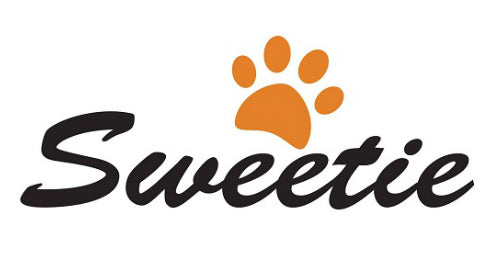
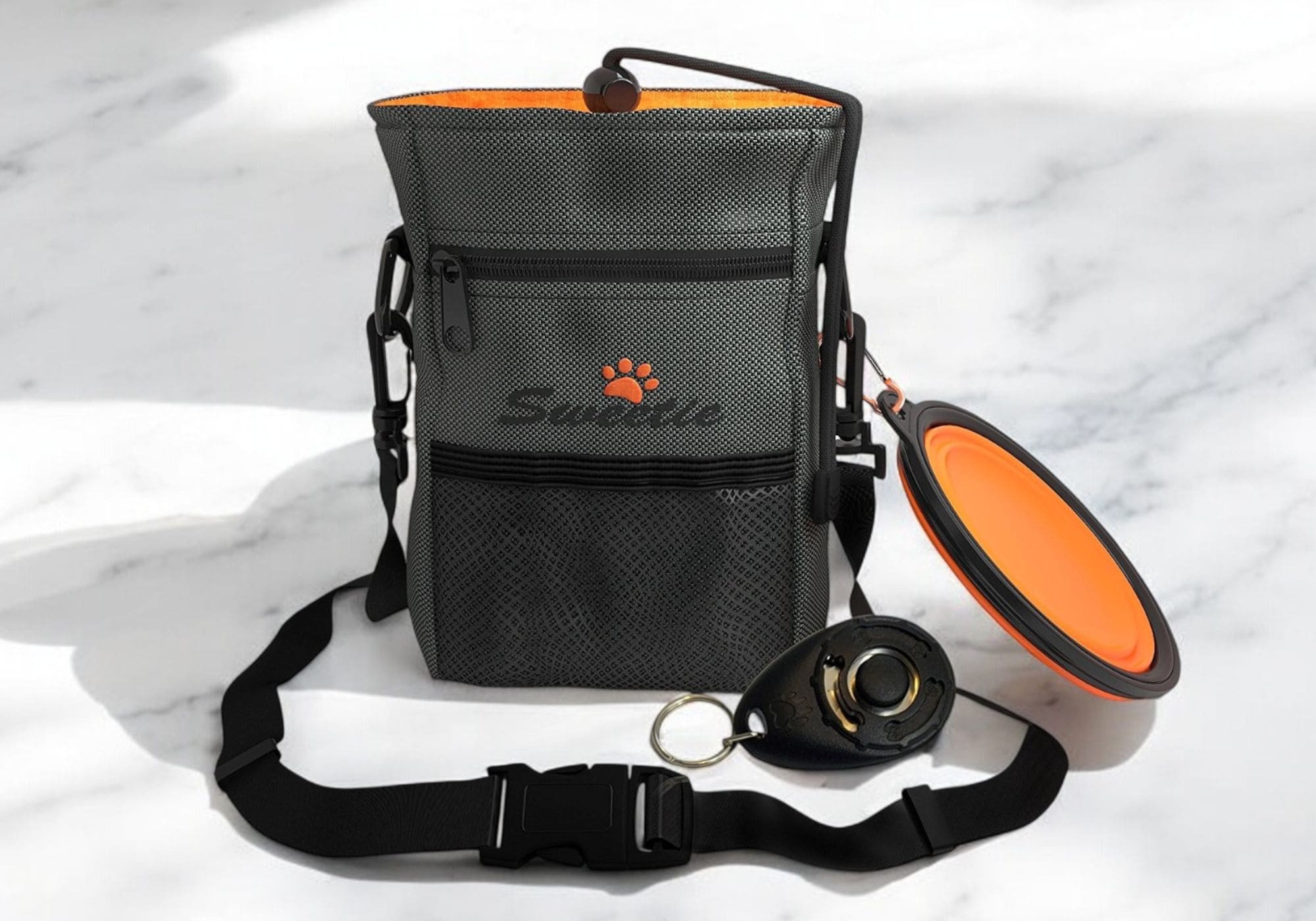
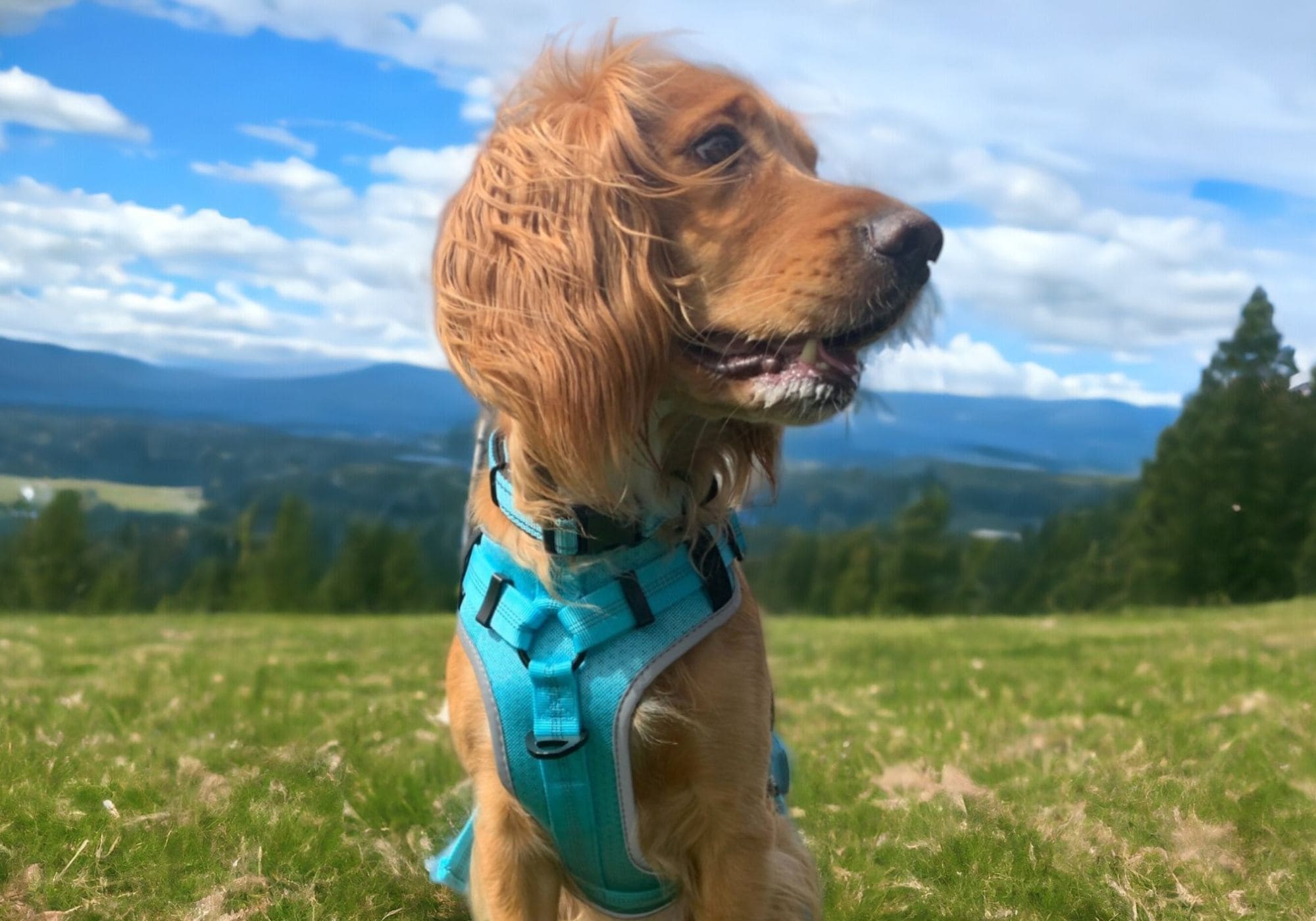
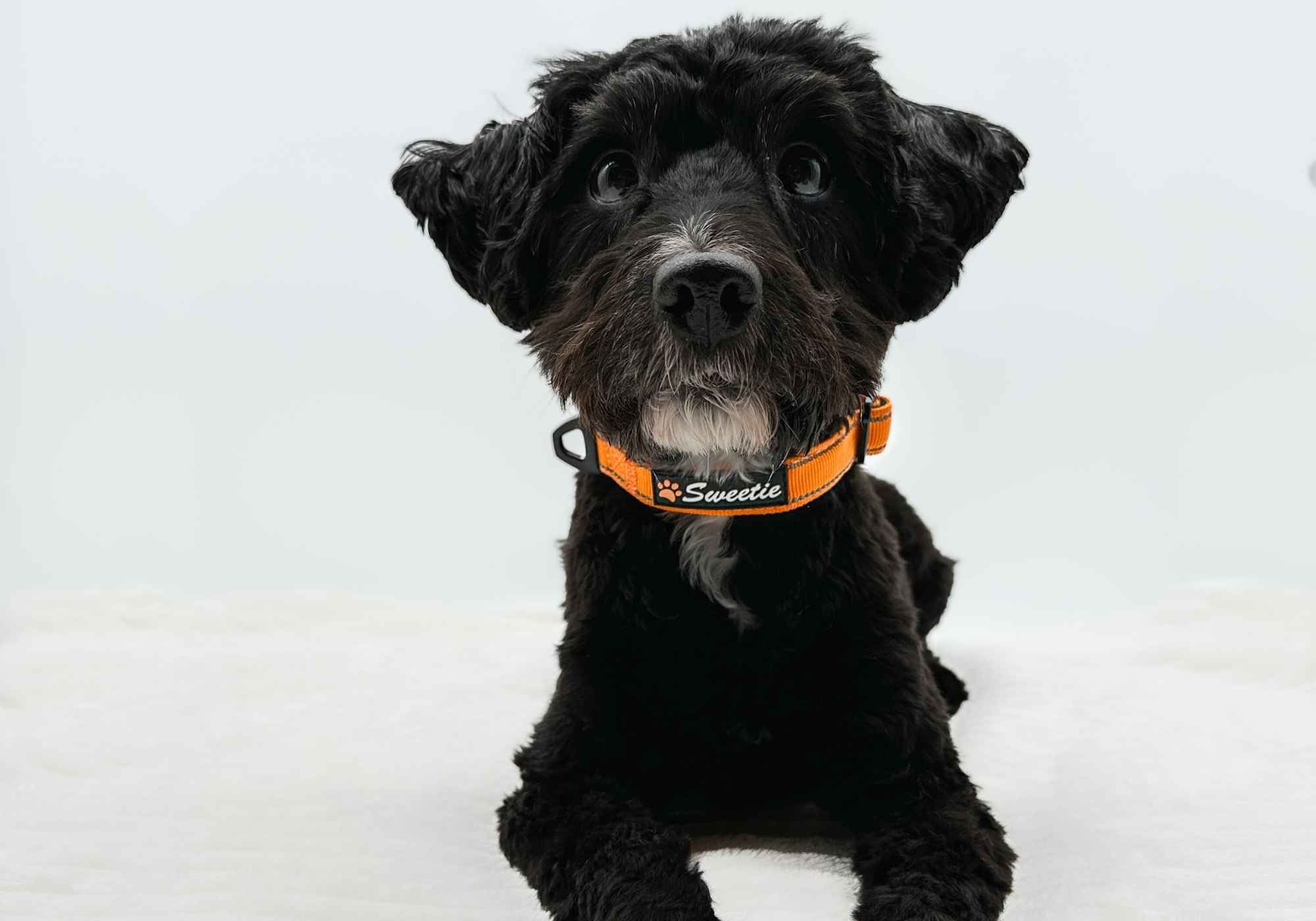
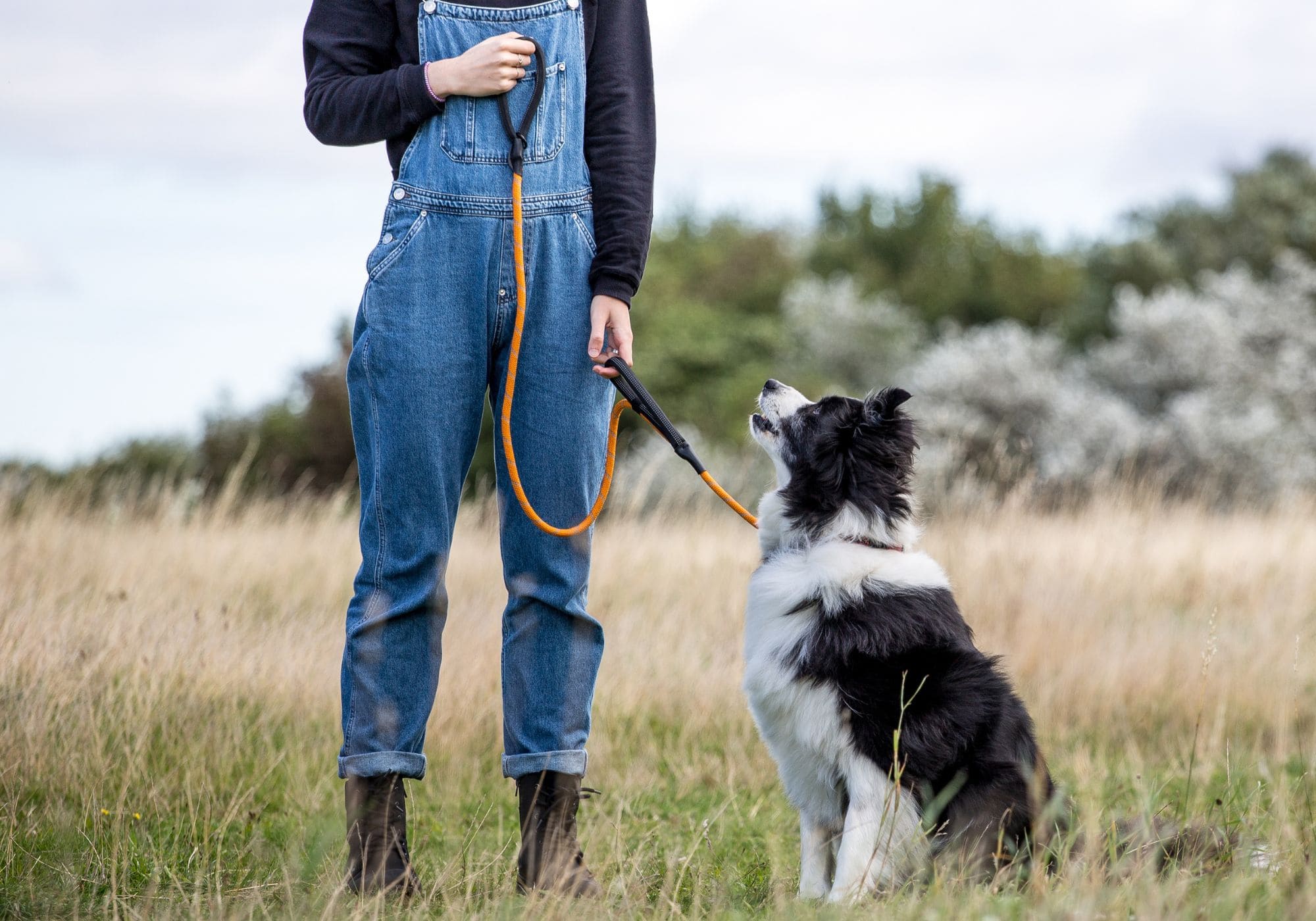
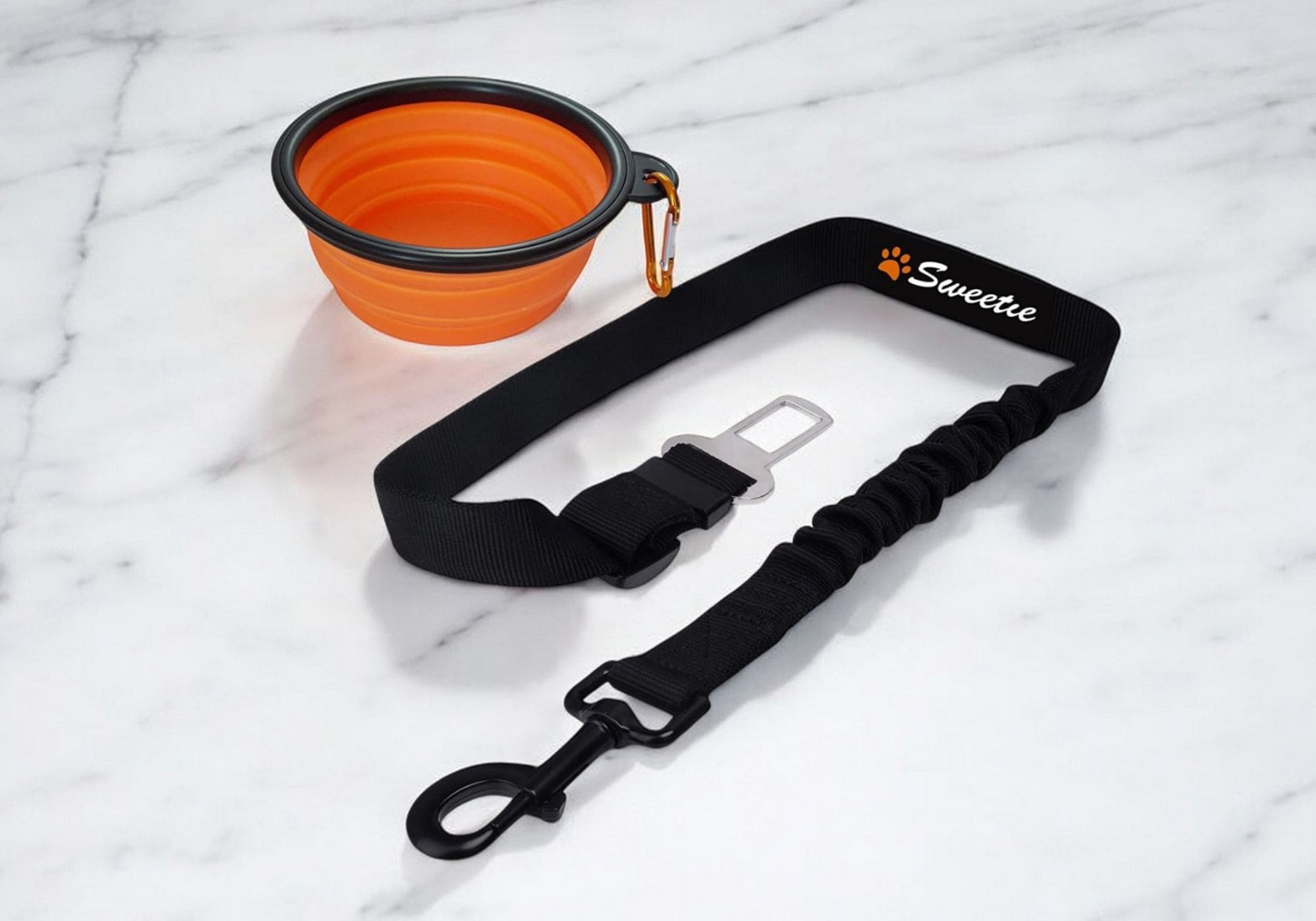
Leave a comment